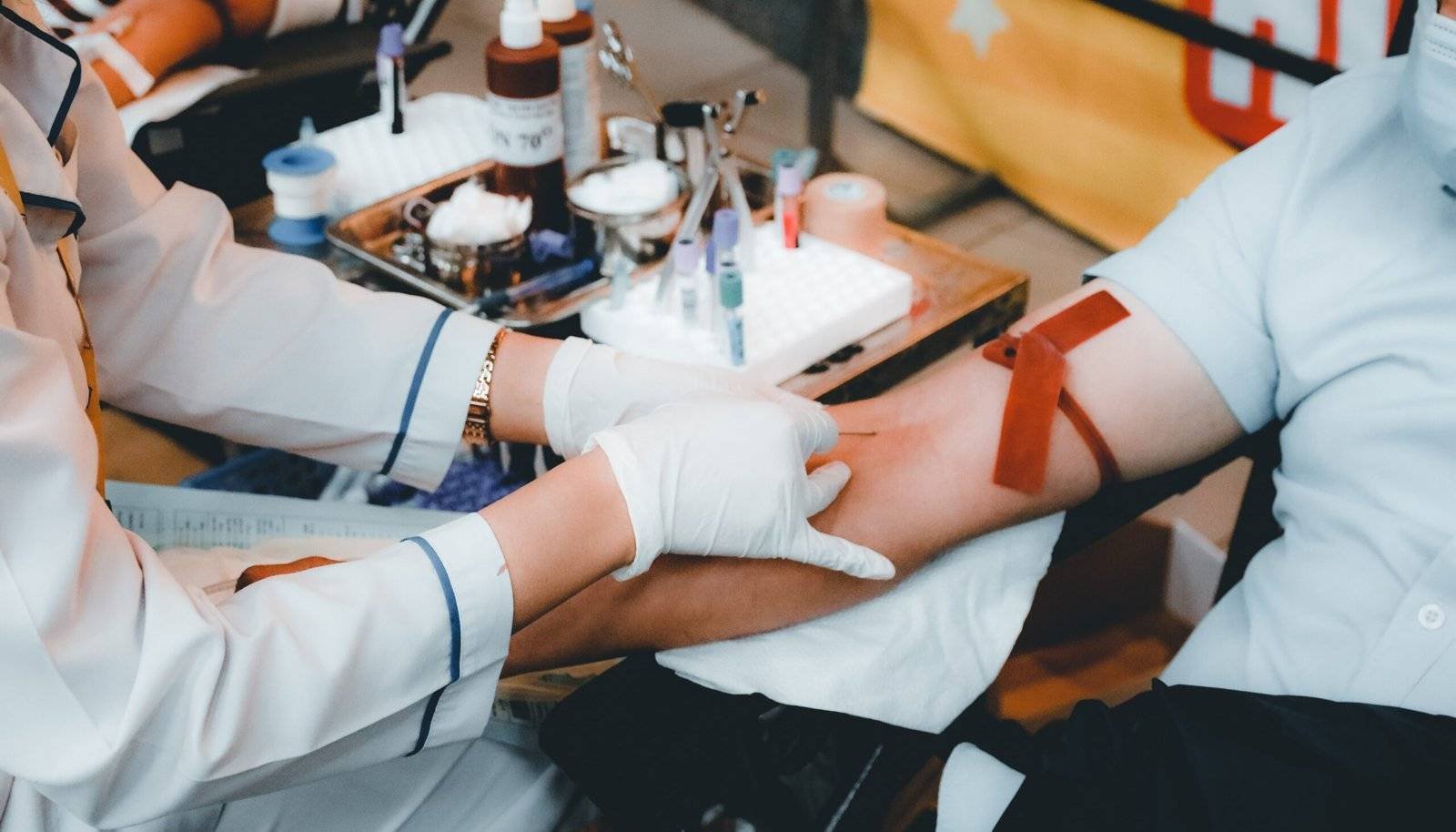Principle
Capillary puncture is used to collect blood for
various tests when a small amount of blood is required.
Requirements
- Disposable needles or lancet,
- spirit swab
- Other as per test e.g. Sahli’s pipette in case of
Hb estimation or slides in case of blood groups.
- Sites of blood collection
Ball of Finger
Ear lobe
heel in case of infants
Procedure
1. First clean the site with 95% alcohol or spirit and allow it to dry completely.
2. Hold the ball of a finger tightly with the thumb and index finger.
3. With the help of a disposable needle or lancet
give a bold prick. It should be deep 2-4 mm
4. Squeezing tends to stop the flow of blood, also adding tissue fluid to
the drop of blood, which gives inaccurate
count, so squeezing should not be done.
5. Wipe off the first drop of blood and next is
used for testing.
6. After collection place a cotton swab over the
punctured site. Apply slight pressure to stop
blood flow.
Observations
The procedure used to collect blood by capillary puncture is described in the form of images as follows

Result
Blood is collected and labeled as per requirement.
Also Read
- Bile Salt (Hay’s Sulphur Method)
- Estimation of occult blood in stool by Benzidine method.
“Unlocking the Secrets of Urine: A Comprehensive Guide to Urine Examination”
- Glucosuria (Benedict Method)
- Ketone Body (Rotheras, Gerhardt’s and Strip Method)
- Proteinuria (Heat and acetic acid, Sulphur Salicylic Acid, Hellers or Nitric acid, and Esbach albuminometer Method)
- Bence Jones Proteinuria (HCl Method)
- Urobilinogen (Ehrlich Method)
- Bile Pigment (Fouchets Method)
- Occult Blood (Orthotoluidine and Benzidine Method).
- Sedimentation Preparation
- Slide Preparation
- Microscopic Examination.

